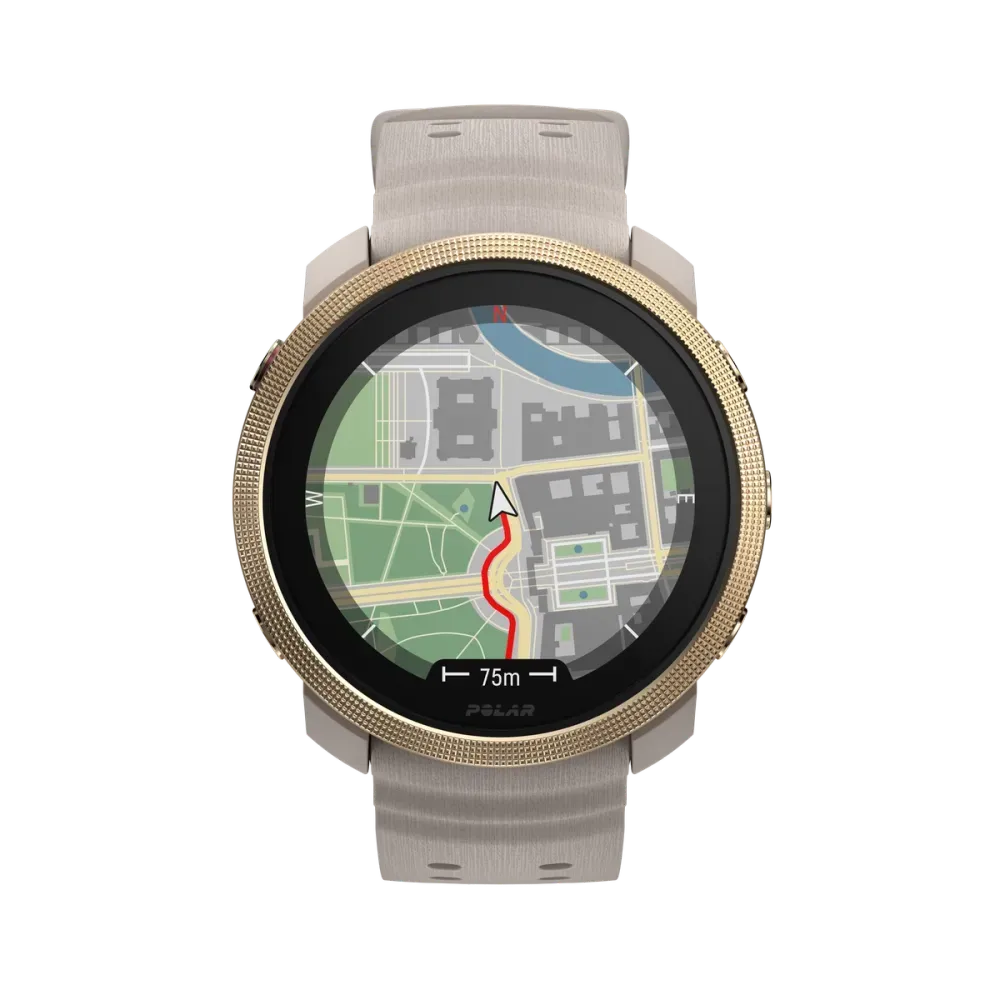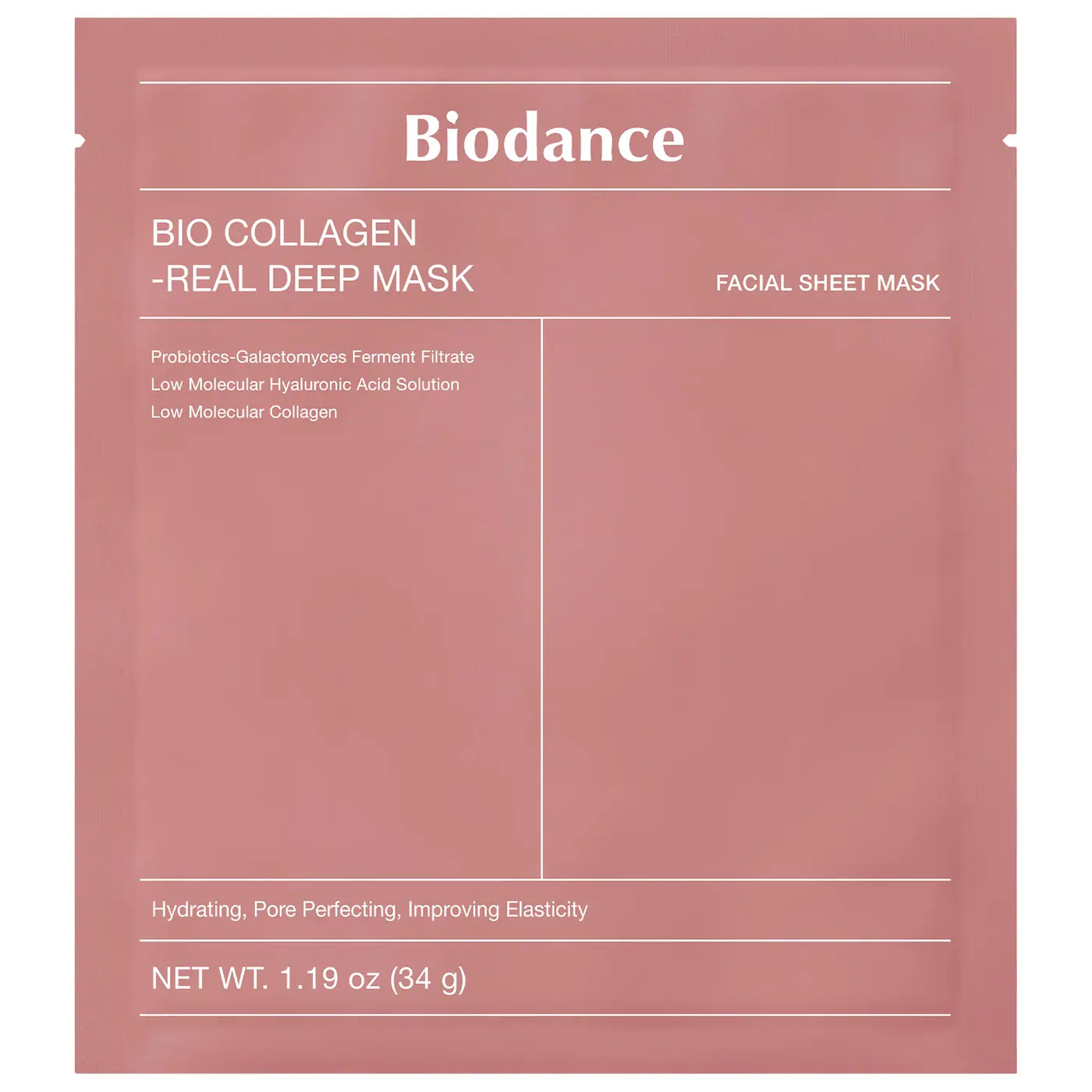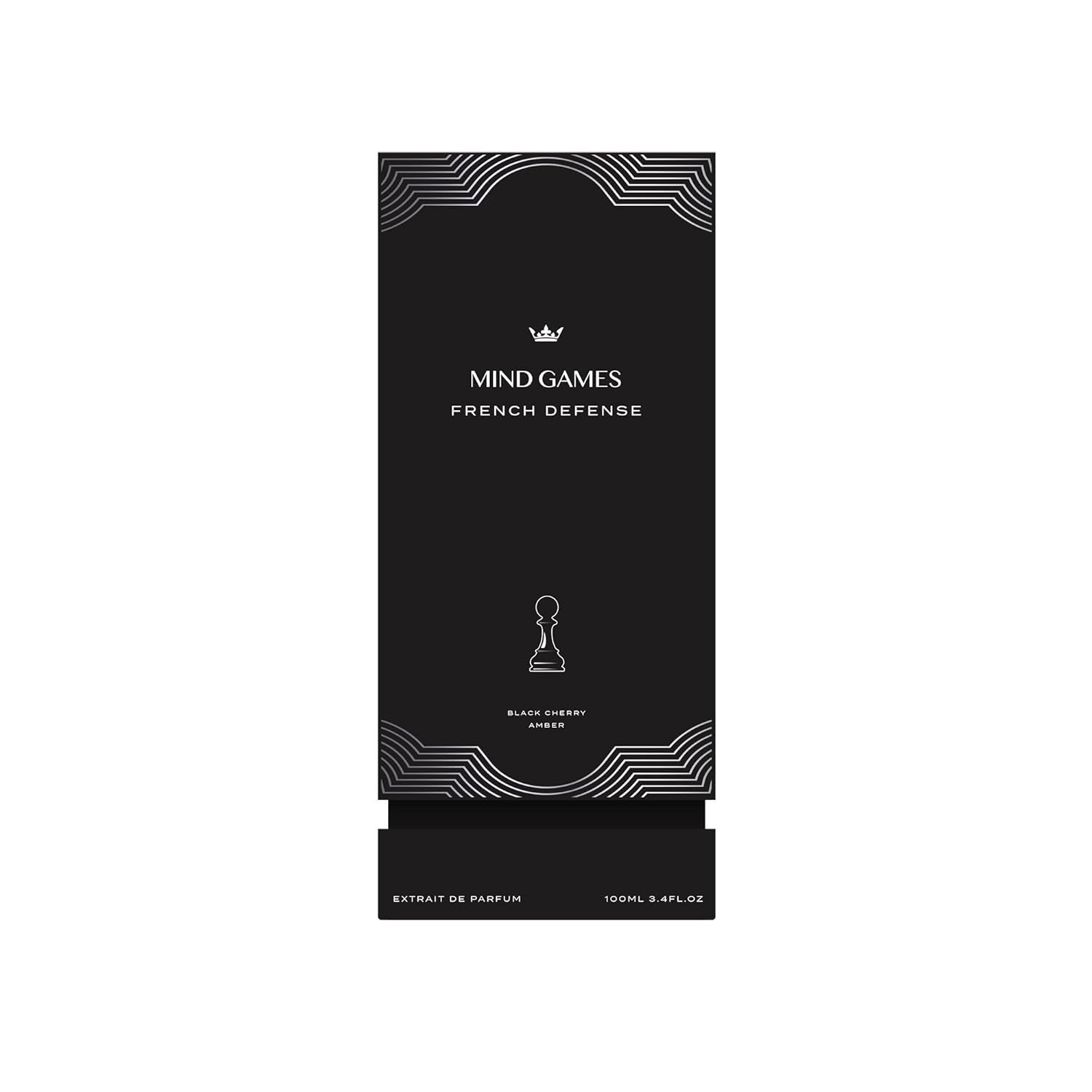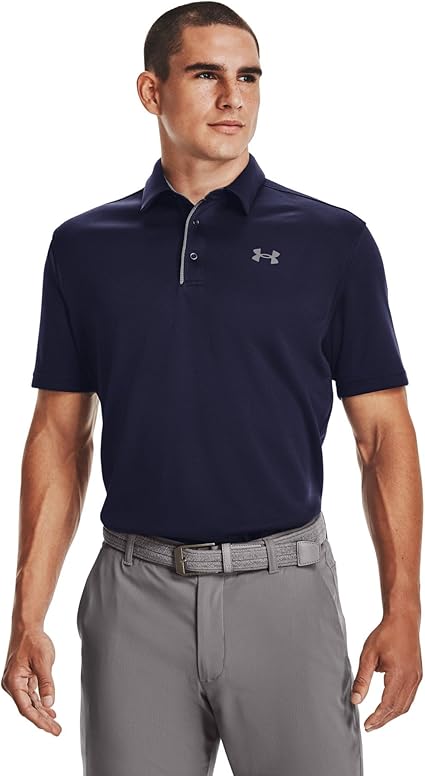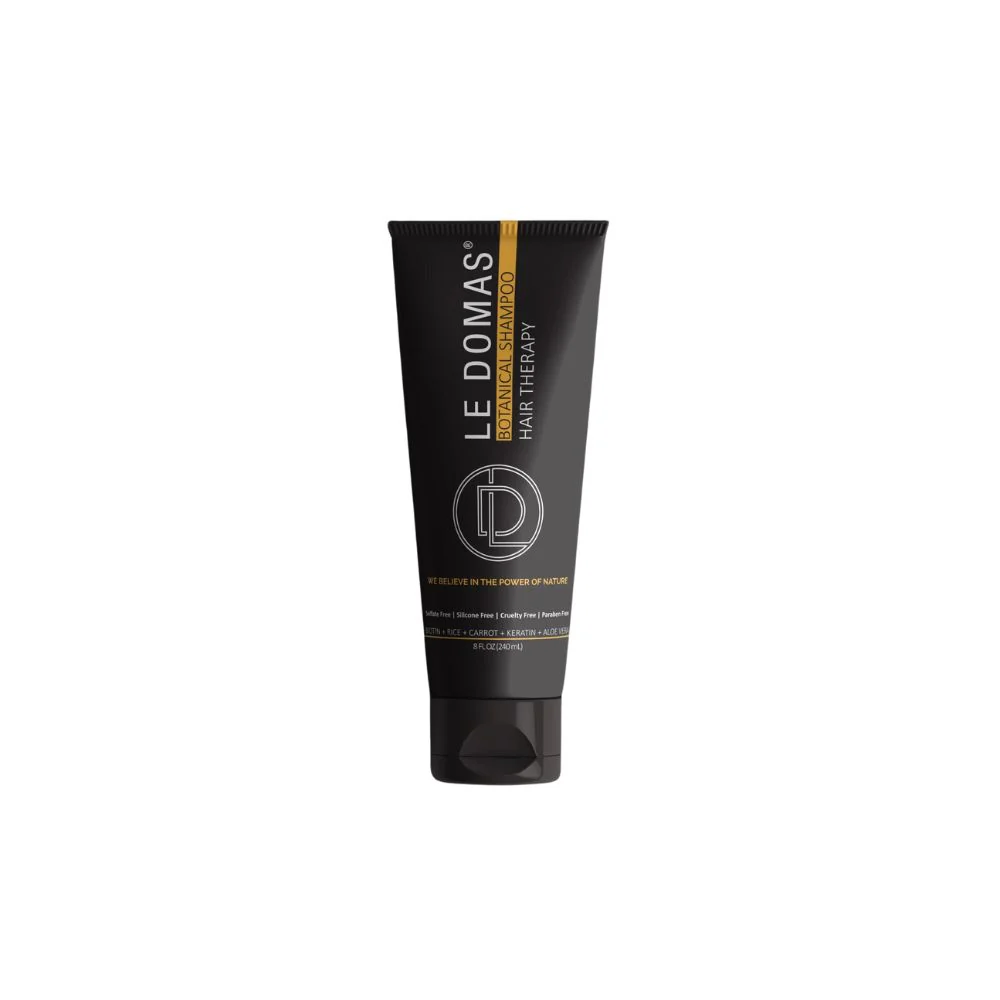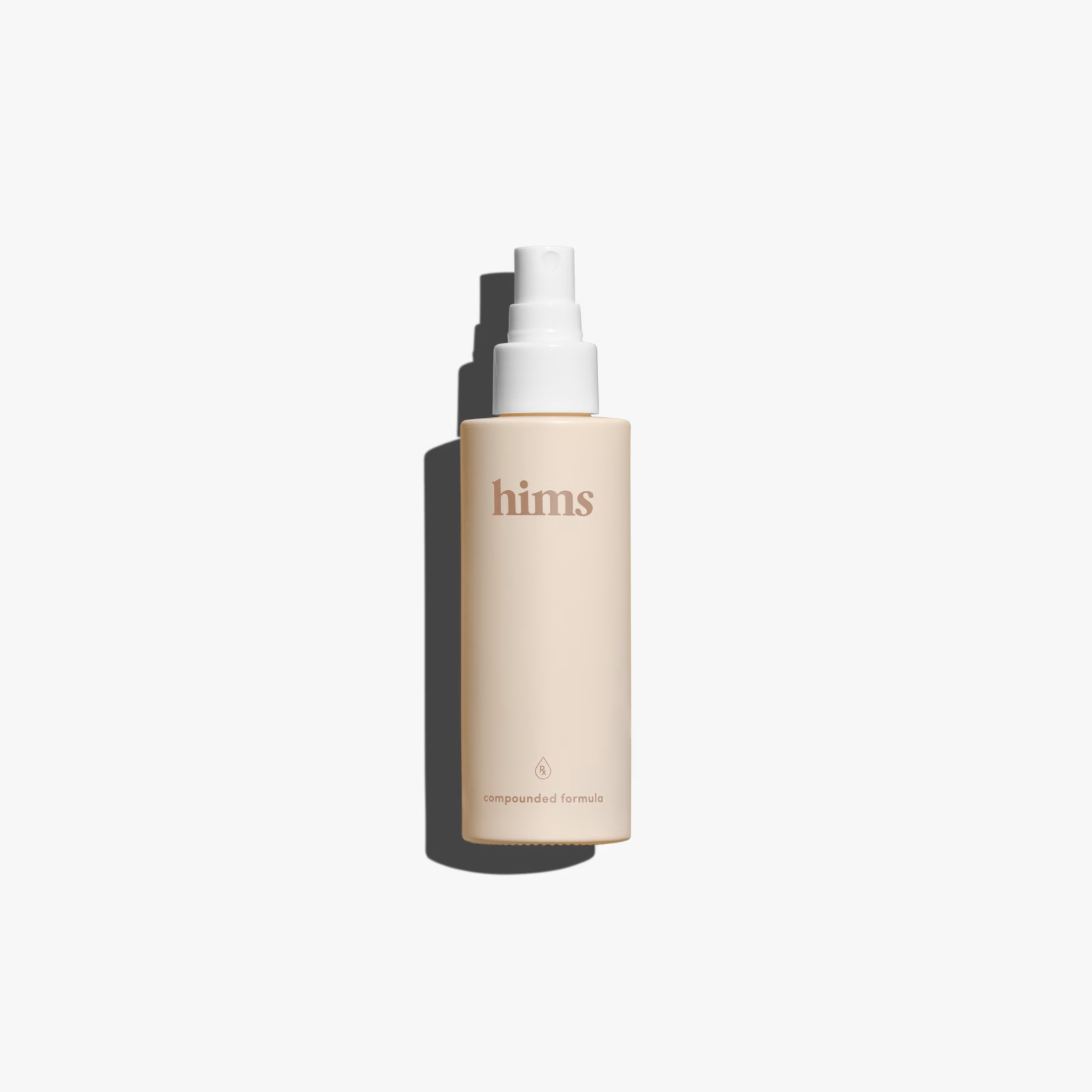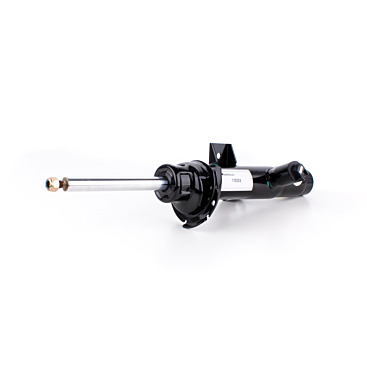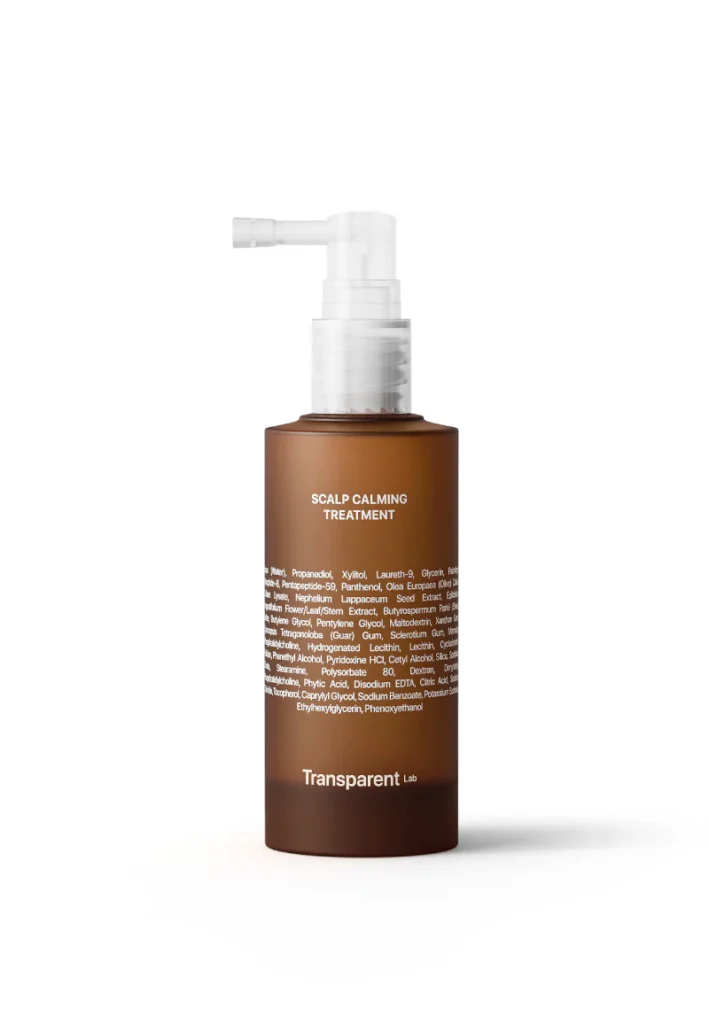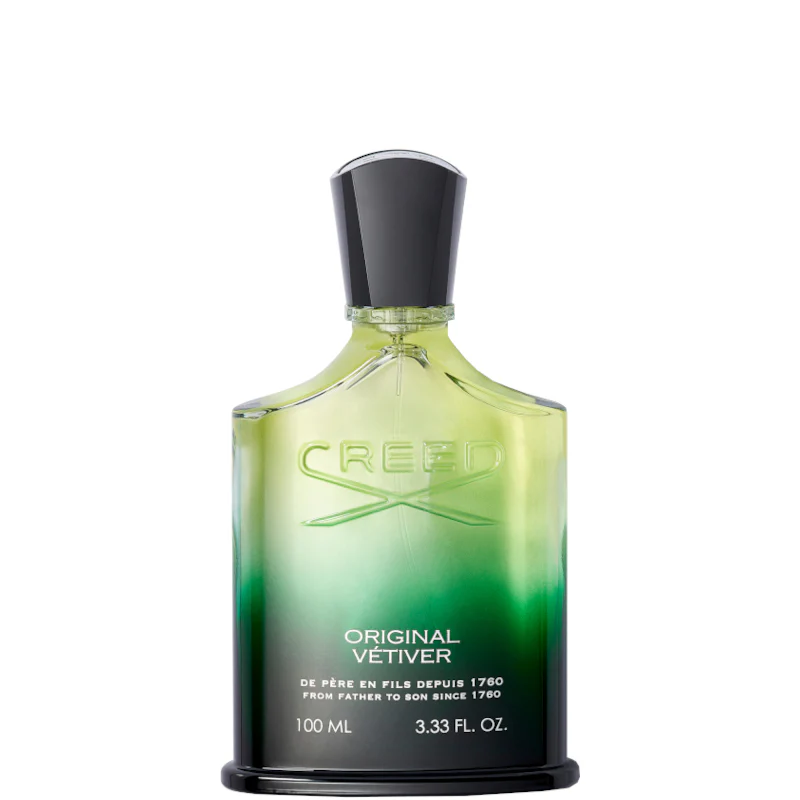The right sports watch doesn’t just log miles — it nudges you toward better decisions: when to run easy, when to chase a PR, and when to trade intervals for sleep. In this guide, we’ll translate spec sheets into practical choices so you can pick a device that fits your sport, your schedule, and your goals. We’ll reference Polar Watches as a proven ecosystem for runners, cyclists, swimmers, and gym athletes who want coaching-level insights without getting lost in menus.
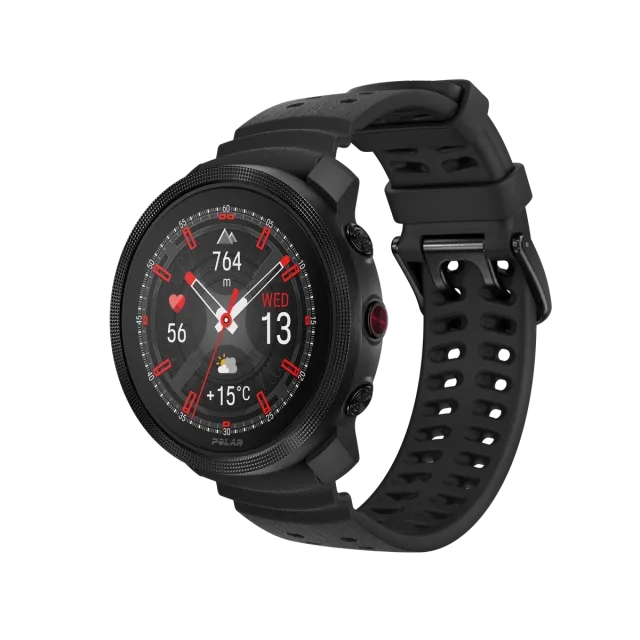
Start With Your Sport (and Your Week)
Before features, map your real week. If you’re a runner who cross-trains twice, a triathlete juggling three disciplines, or a strength-first athlete who sprinkles in cardio, your watch should reflect that.
- Runners: prioritise GPS accuracy, wrist HR that behaves in cold/warm swings, structured workouts, and route guidance.
- Triathletes: need quick leg-switching, open-water swim metrics, pool lengths, and reliable button control with wet hands.
- Cyclists: value dual-frequency GPS for city canyons, power meter support, and clear data fields at speed.
- Gym/HIIT: look for fast HR response, lap markers that work with reps, and recovery/sleep to keep legs fresh.
The current Polar Watches family typically covers these use-cases with models scaled for casual 5k runners up to Iron-distance athletes.
Heart Rate That Actually Helps
Wrist HR has come a long way, but context matters. Good optical sensors read best when the strap is snug, a finger-width above the wrist bone, with steady arm swing. For intervals, winter layers, or very small wrists, a chest strap paired to your watch still wins for responsiveness and peak accuracy. The value isn’t the number — it’s the zones, drift, and recovery cues that follow. With Polar Watches, HR data feeds Training Load, Cardio Load, and suggested workouts, turning beats into decisions you can trust.
GPS, Dual-Frequency, and Real-World Accuracy
If you run by rivers, under trees, or through tall streets, a watch with dual-frequency (L1+L5) GNSS reduces bounce and zig-zags. Locking satellites on the move is less useful than staying locked under poor sky — the difference shows up in cornering and post-run maps. For track sessions, look for track mode profiles; for trail, breadcrumb routing with turn hints keeps you oriented without staring at the screen. Several Polar Watches variants include enhanced GPS modes that trade battery for precision or for ultra-distance efficiency.
Training Load & Recovery: The “Coach on Your Wrist”
Logging workouts is easy; balancing intensity with rest is where gains hide. Useful watches estimate acute vs. chronic load, warn if you’re too strained or too detrained, and pair that with sleep and HRV (heart rate variability) to decide whether today is tempo or technique. Practical features to prioritise:
- Nightly Recharge / sleep staging: tracks how your nervous system bounces back.
- Training Load Pro: splits strain into cardio, muscle, and perceived load so not every “easy” day becomes medium.
- Orthostatic or HRV tests: repeatable morning checks to spot early fatigue.
These tools in Polar Watches help you avoid the most common amateur mistake: stacking hard days until progress stalls.
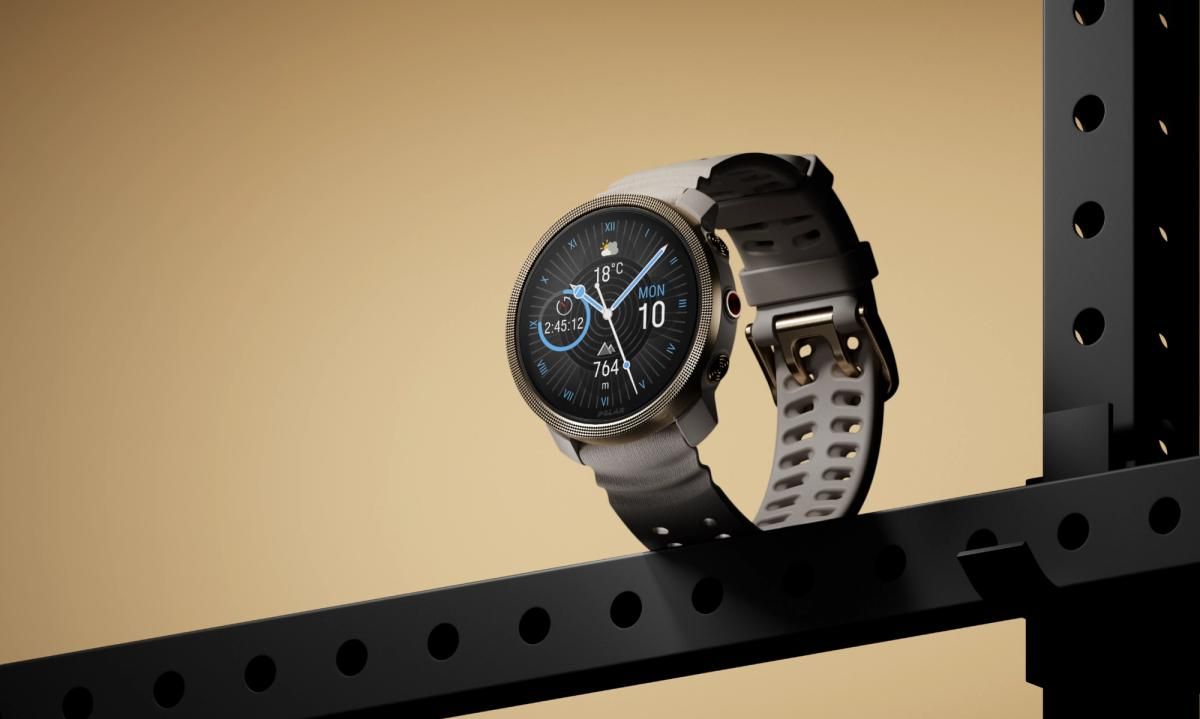
Structured Workouts & Navigation (So You Actually Do the Plan)
A plan you can start with one button is a plan you’ll follow. Look for:
- Workout builder with warmup → intervals → cool down, target HR/pace/power, and buzz prompts.
- Route import & turn prompts for exploring safely without your phone in hand.
- Auto-lap and manual lap for mixing tempo blocks and hill reps.
- Pace/Power targets (runners) and cadence alerts to smooth your stride.
Polar Watches integrates these into clean sport profiles so you can swap run → strength → swim without digging through settings.
Battery Life That Matches Your Events
If your long run is 90 minutes, any modern watch will cope. Ultras and century rides are another game. Prioritise:
- GPS endurance in hours, not just days of smartwatch time.
- Performance modes (full precision vs. power-save) you can switch mid-activity.
- Fast charging that turns a rushed lunch into tonight’s session insurance.
The endurance-minded options in Polar Watches are built for back-to-back long days while still tracking sleep overnight.
Running Power, Stride Metrics, and When They Matter
Running power offers a stable target in wind and hills where pace lies. It’s most useful for structured workouts and races on rolling courses. Stride length and vertical oscillation help with form cues, but only if you know what to change — pair numbers with short technique drills (high knees, A-skips, strides) rather than chasing “perfect” values. The goal is repeatable economy, not robot gait.
Swim & Multisport Details You’ll Be Glad You Checked
Pool profiles should auto-detect stroke, turns, and rest; open water needs reliable GPS + optical HR that doesn’t freak out with cold water. Multisport watches worth their salt have one-button transitions, editable leg fields, and strong button tactility when wet. Polar Watches is known for sensible swim data screens and triathlon modes that don’t bury you in menus seconds before T1.
Strength & Mobility: Not Second-Class Citizens
The best endurance performances come from durable joints and connective tissue. Look for strength profiles, session timers you can run between supersets, and guided mobility suggestions on rest days. With Polar Watches, strength sessions still feed recovery and load, so the app stops treating gym time like a nap between runs.
Everyday Smart Stuff (That Doesn’t Get in the Way)
You want smart notifications that respect Do Not Disturb, customisable watch faces with the three metrics you actually watch, music controls for long runs, and weather at a glance. NFC payments are nice-to-have if you buy mid-session water. Most importantly, the interface must be readable in sun and rain, with buttons that work with gloves.
Sizing, Comfort, and Straps
A watch you hate wearing at a desk becomes a paperweight. Prioritise case size that matches your wrist, a weight you forget after ten minutes, and soft, secure straps that don’t chafe when wet. Many Polar Watches use quick-release bands so you can switch from sport silicone to a smarter daily strap in seconds.
Data Without Overwhelm: A Simple Weekly Rhythm
- Daily: Glance at sleep/HRV; choose easy/moderate/hard.
- Post-workout: Tag how it felt (RPE) so the watch learns your “normal.”
- Weekly: Review training load trend and one standout session (good or bad); adjust the next week, not the next hour.
- Monthly: Re-test a benchmark (park run, 20-min FTP, 10-min tempo) to confirm progress.
This rhythm keeps you improving without turning training into homework.
Safety & Community
Look for safety beacons, back-to-start navigation, and live tracking if you head out before sunrise. Community challenges, clubs, and coaching plans keep motivation fresh. A healthy ecosystem like Polar Watches plugs into broader training platforms while keeping first-party analysis tight.
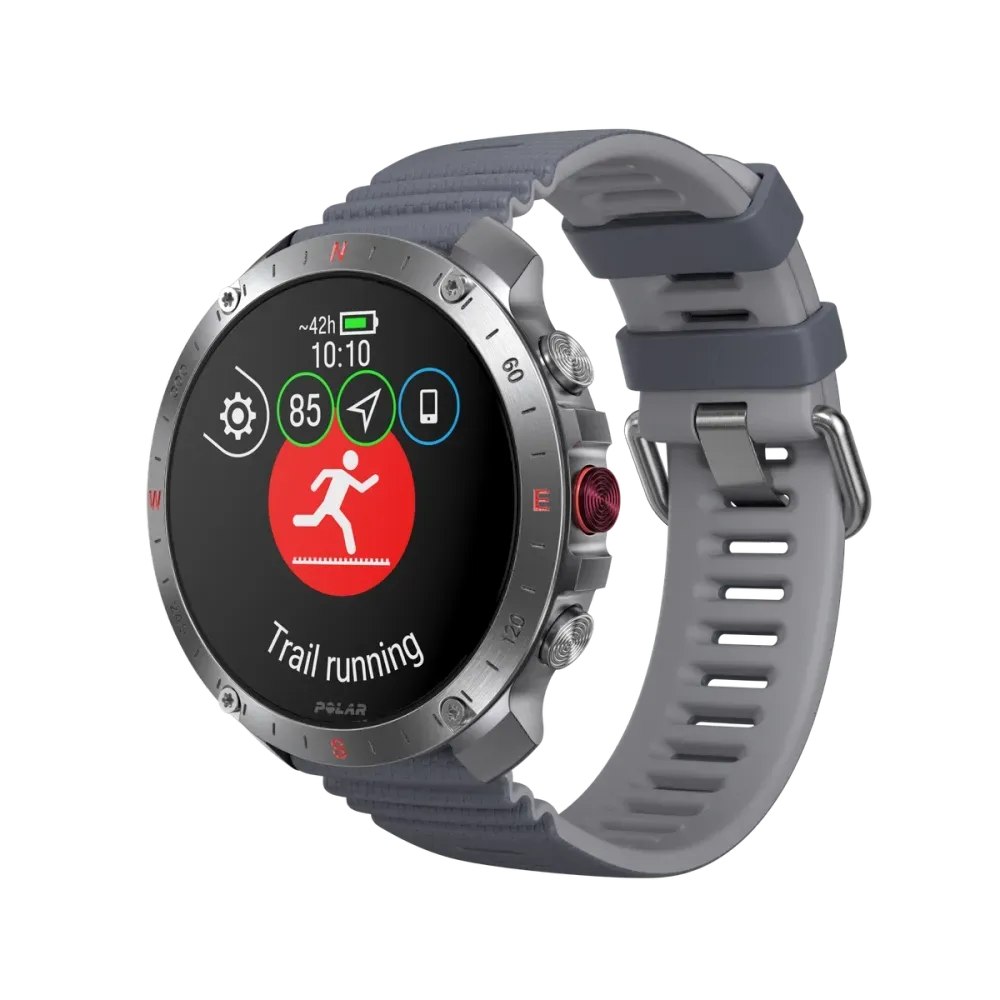
Buying Shortlist (Print This Before You Add to Cart)
- Your sports (run/cycle/swim/gym) and frequency per week
- GPS mode needed (standard vs. dual-frequency)
- Battery hours for your longest event + buffer
- HR accuracy requirements (wrist vs. add chest strap)
- Navigation (routes, track mode, breadcrumb)
- Recovery metrics you’ll actually check (sleep, HRV, tests)
- Size/weight/strap comfort for all-day wear
- Must-have smart features (music control, payments, notifications)
Match this list to two or three candidates inside Polar Watches, and the “right” choice usually reveals itself.
Conclusion
A great multisport watch is a quiet coach: it keeps you honest on easy days, brave on hard ones, and sensible when sleep and stress stack up. Choose by sport first, accuracy and battery next, and recovery tools you will truly use. Keep the interface simple, the fit comfortable, and the weekly review short. With the balanced lineup behind Polar Watches, you get athlete-level insights and training structure without drowning in data — just enough guidance to turn intention into consistent progress.
FAQ
- How accurate is wrist heart rate for intervals?
Good for steady work, variable for hard surges. Pair a chest strap for VO2 sessions and short hill reps; wrist HR is fine for easy/tempo days. - Do I need dual-frequency GPS?
If you run in cities, forests, or mountains, it helps; for open parks and tracks, standard precision is usually enough. - Are recovery metrics worth it?
Yes — when you act on them. Use sleep/HRV to adjust intensity, not to cancel every workout you don’t feel like doing. - Running power vs. pace — which should I follow?
Power shines on hills and wind; pace is simple on flats. Many athletes use both: power for structure, pace for race-day feel. - Can I swim with it?
Check your specific model’s water rating and swim profiles; most Polar Watches built for multisport support pool lengths and open-water metrics. - How long should the battery last for marathons or halves?
Ensure your model covers your expected finish time with full-accuracy GPS and a healthy buffer (30–50% remaining). - Does it track strength training properly?
You’ll log sets/timers and HR/recovery; rep counting is variable across exercises. Treat it as structure and recovery input, not a form coach. - Will it work with my power meter or chest strap?
Most performance-oriented Polar Watches pair with common sensors over Bluetooth; verify your accessory protocols. - Can I import routes from other apps?
Yes — most models support GPX route import and basic turn prompts for runs, rides, and hikes. - How tight should I wear it?
Snug, one finger above the wrist bone. Loosen slightly for all-day wear; tighten a notch for workouts or cold weather.


